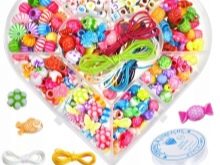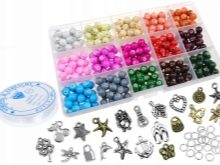All about beads for needlework
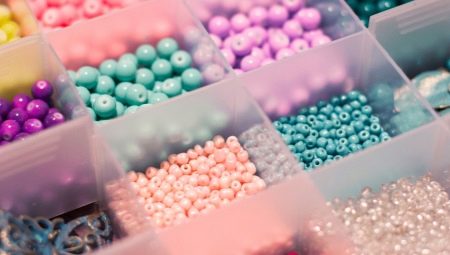
Modern manufacturers offer craftswomen a large selection of all kinds of beads, differing in shape, material, color, purpose and size. The needlewomen can only choose those products that are ideal for the embodiment of their ideas.
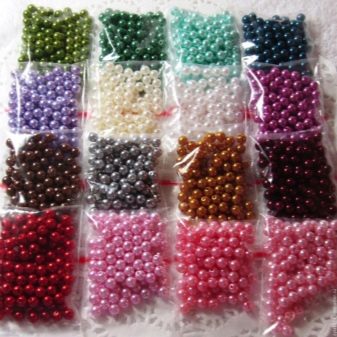
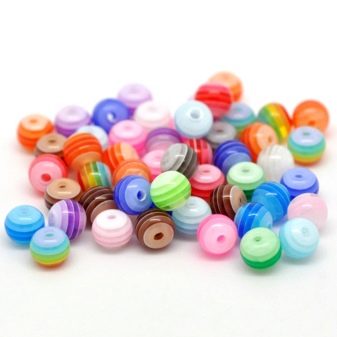
Peculiarities
Most often, decorative beads for needlework are used when creating jewelry: they can be used to embroider or even weave openwork "lace", creating quite beautiful variations.
A bead is a decorative element with one or more mounting holes.... Products can be Chinese, Czech, Japanese or American. Chinese are the cheapest and most common.
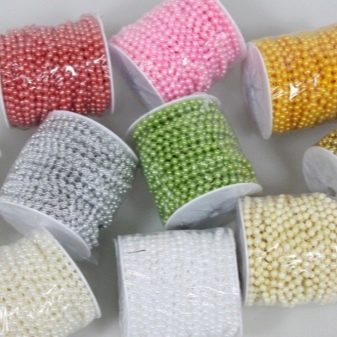
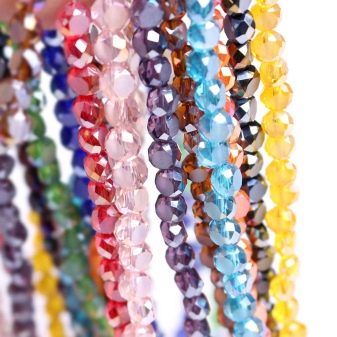
Czech products are slightly more expensive, but they differ in quality for the better. Beads made in America and Japan can only be found in specialty stores.
Varieties
Beads differ in the materials they are made from.
- Plastic (acrylic). Pros - cheap and insignificant. Cons - the coating is very unstable, in particular, this applies to opaque beads from China.
- Glass... They look much "more expensive" than their acrylic counterparts, beautifully refracting and transmitting light, which makes the jewelry look sparkling, but will be very fragile.
- Metallic... Their openwork versions are easily damaged and crumpled. Without a special coating, metal beads will quickly darken from constant contact with the skin.
- Natural stone beads. They can be of various shapes, parameters, colors - everything will depend only on the natural characteristics of the stone.
- Wooden crafts very lightweight and durable. Patterns and different colors are often applied to these natural materials.
- Also, natural materials include beads of pearls, mother of pearl, shell or coral.
- Polymer clay products not very heavy, but at the same time the most fragile.
- Wool beads - lungs, give warmth pleasant to the body. Minus - they do not like moisture and do not dry well, absorbing all the surrounding odors.
- Soft, tactile food grade silicone products, safe even for the smallest children. They are used for teethers, slingbus, children's jewelry.
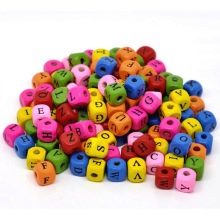
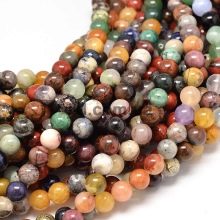
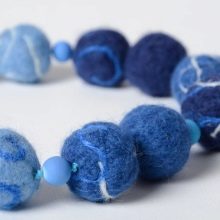
By their appearance, the beads can be conventionally divided into groups.
- Round products... They are distinguished by a clear sphere shape with a straight hole right in the middle.
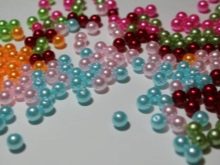


- Rice grain beads - oblong items with longitudinal holes. They are used very actively in modern handicrafts: with their help, various decorations are created, accessories or clothes are embroidered, flowers and trees are woven.
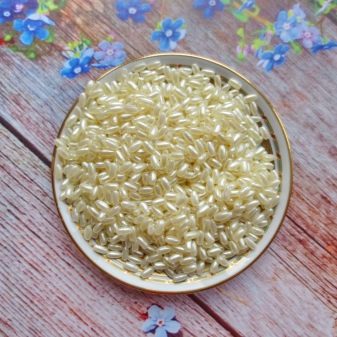
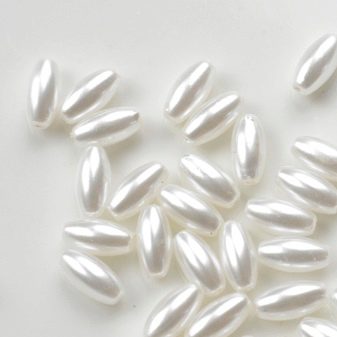
- Curly beads in the form of leaves, flowers... They can be made from all kinds of materials, differ in size and color palette. They are used as stylish decoration elements, as well as for the embroidery process:
- Spikes products (spikes) resemble a cone with a hole at the beginning of the base, vary in size, may have different edges, or be completely smooth;
- beads Beads Rizo - in the form of a grain of rice, with a hole at the end of the product, they often form the edge of the decoration;
- Dagger beads (dagger)do look like a dagger in appearance;
- Chilli beads (chili) - resemble petals, the bead is more convex on the 1st side, concave on the 2nd, has 2 holes on top;
- Crescent products are like a crescent;
- pendant beads: Dragon Scale, in shape, these glass beads really resemble the scales of some reptile, they look like a diamond, with a hole at the top;
- Pyramid Bead beads in shape they look like pyramids with two holes at the base;
- a huge variety will differ beads in the form of small triangles.
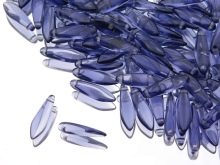
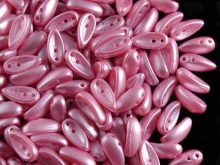
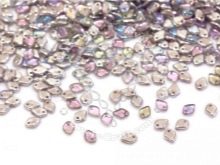
- Faceted beads. Their glass (crystal) versions are especially appreciated by craftswomen, as they are distinguished by their amazing brilliance, shimmer in the rays of the sun with all the colors of the rainbow.
- Round products have the shape of a neat sphere with a faceted surface. These are popular beads that you can buy everywhere. They are made from a variety of materials and come in a wide variety of sizes.
- Rondel beads in the form of an ellipse (disk), with holes in their narrow part. These products fit perfectly when weaving, they are often used to design bracelets in the "Pandora's" style.
- The most interesting beads are the bicone (with 2 cones) and the xylion ("flattened" bicone). Swarovski has introduced a completely new and unique cut with special facets called "xyllion", which allows you to significantly increase light reflection. Thus, it turns out that such xyllions are original bicones from the world famous Swarovski company.
- Products in the shape of a beautiful drop... These include the pear (Briolette). In direct dependence on the brand, they will differ from each other in a peculiar type of cut, an unusual shape and, of course, a name.
- Czech beads-pears - they are narrow at the top, and then widen and slightly rounded downward. They can be of 2 types: with a longitudinal type hole or a transverse one - at the top of the bead.
- Oval products are shaped like a grain of rice with a hole along the bead itself. With their help, stylish jewelry is weaved, embroidery is made or even a kind of "fringe" is made.
- Round beads with slightly beveled sides, both sides are rather flat. Thanks to this unique cut, you can get a very catchy effect of iridescent and surprisingly shining edges and at the same time - matte sides.
- Products in the form of a clear cube shape with additional edge faces.
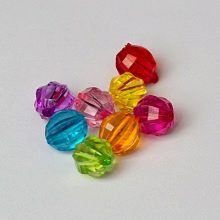
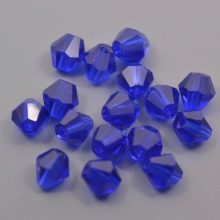
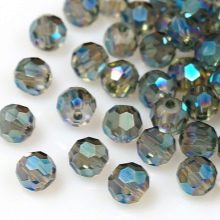
Such beads are very large, look amazing in any embroidery, help the master to create additional texture. Suitable for beautiful weaving of various mosaics.
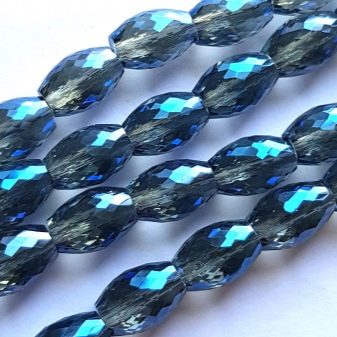
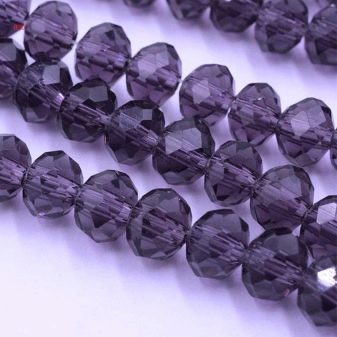
Nuances of choice
First, you need to carefully study the characteristics of the product chosen for needlework.
Thus, the selected beads can have a wide color palette with many adjacent shades.
In this case, each of the colors has its own name or a digital code, which is worth paying attention to - this code will become a guaranteed opportunity to buy exactly the same beads again.
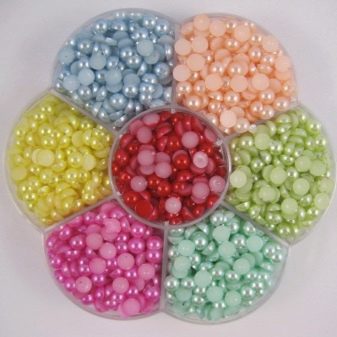
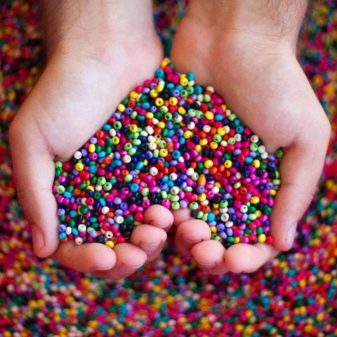
As soon as the bead product is in your hands, you should immediately check it: check the articles, colors, count the beads purchased by the piece, make sure there are no chips or other defects on them. Please note that pre-packaged beads (usually inexpensive, so they are sold by weight or in standard lengths of thread) allow for a small percentage of manufacturing flaws.
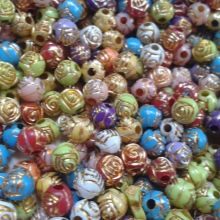
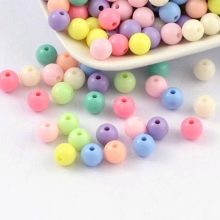
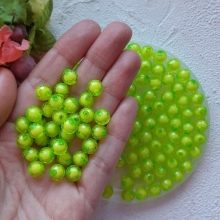
For beginner needlewomen, craftsmen with experience are advised to buy beads in sets.
